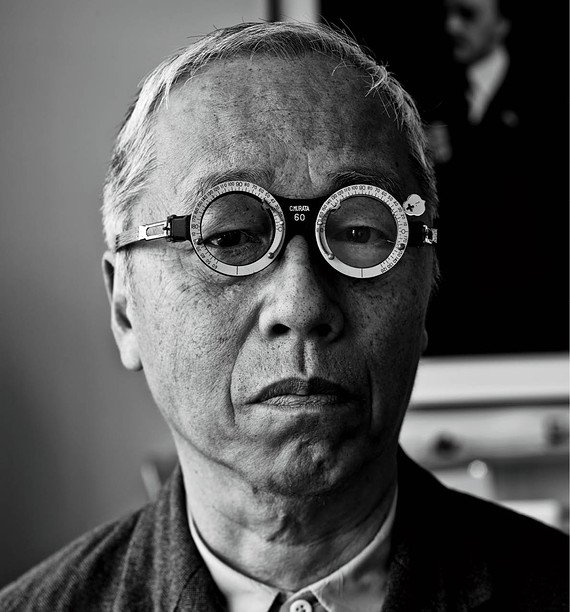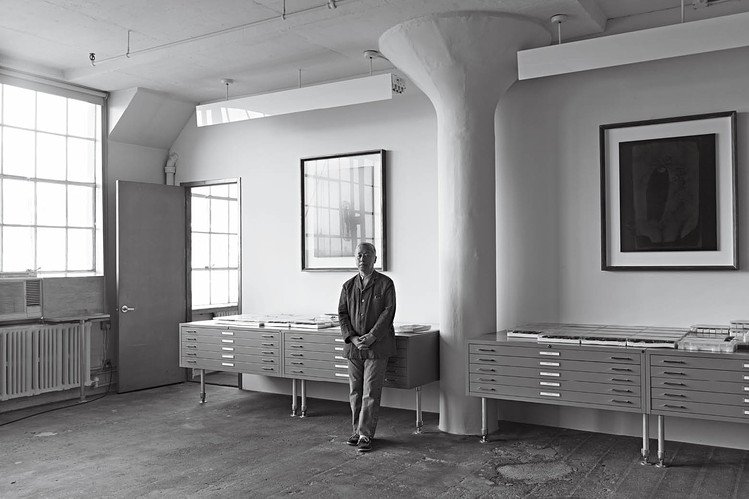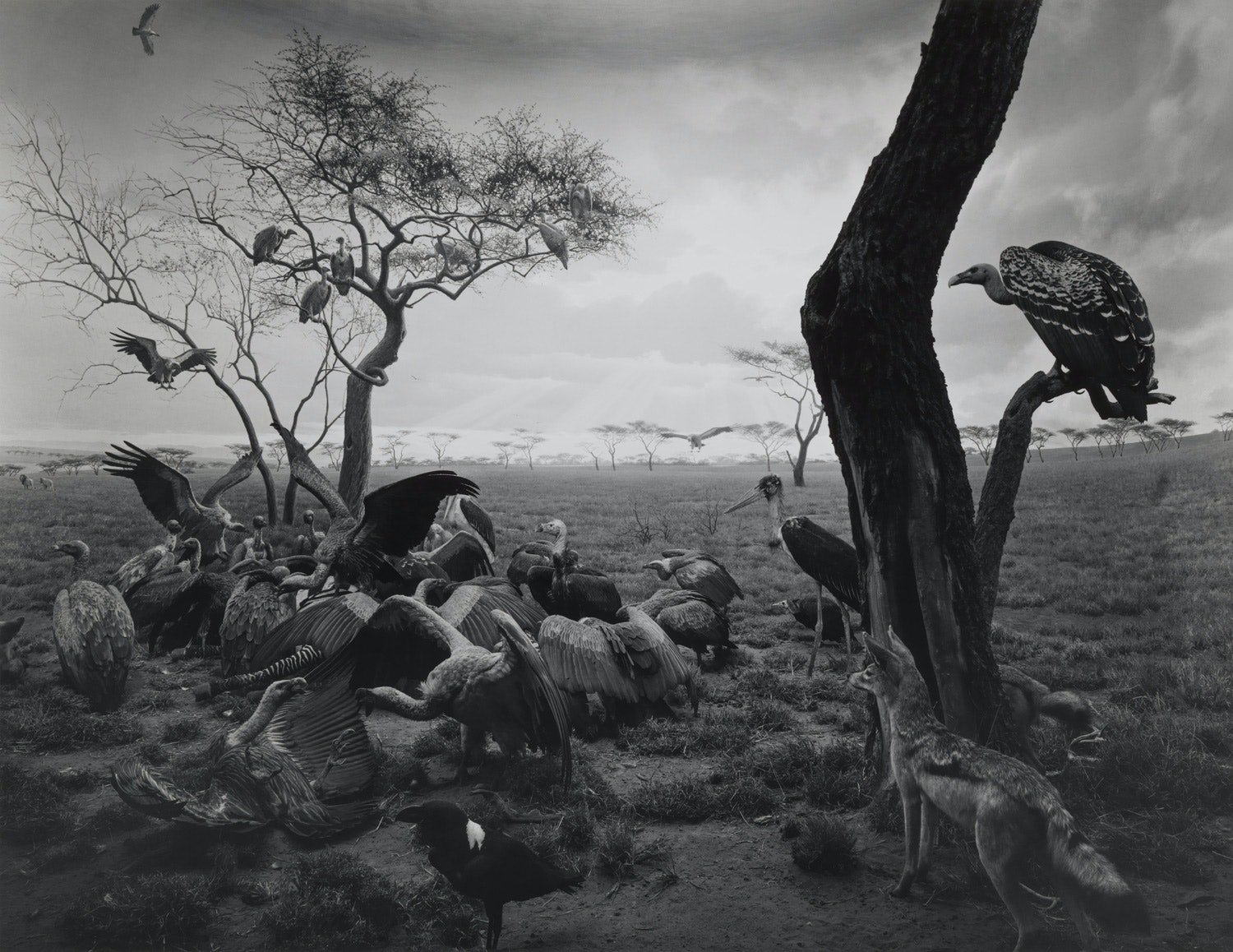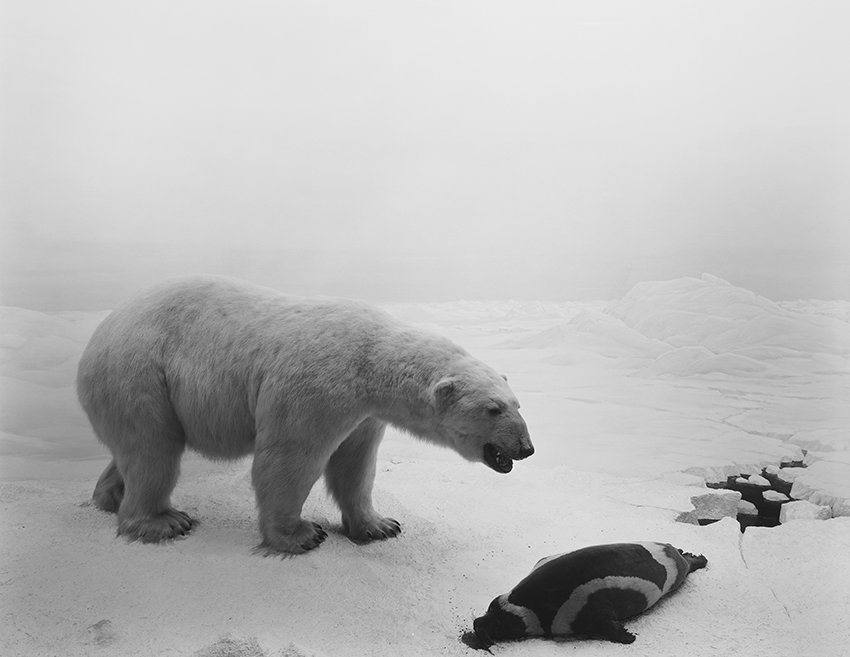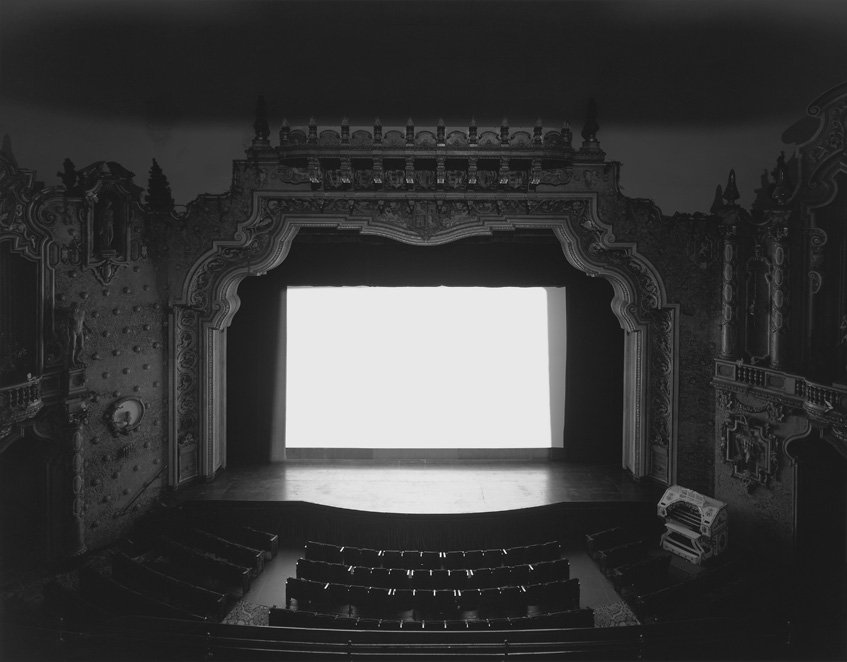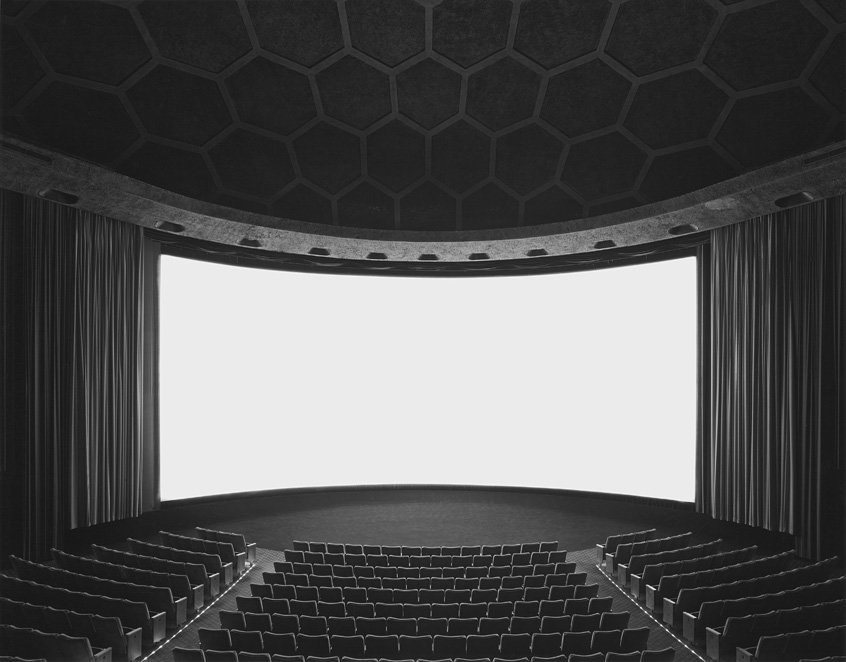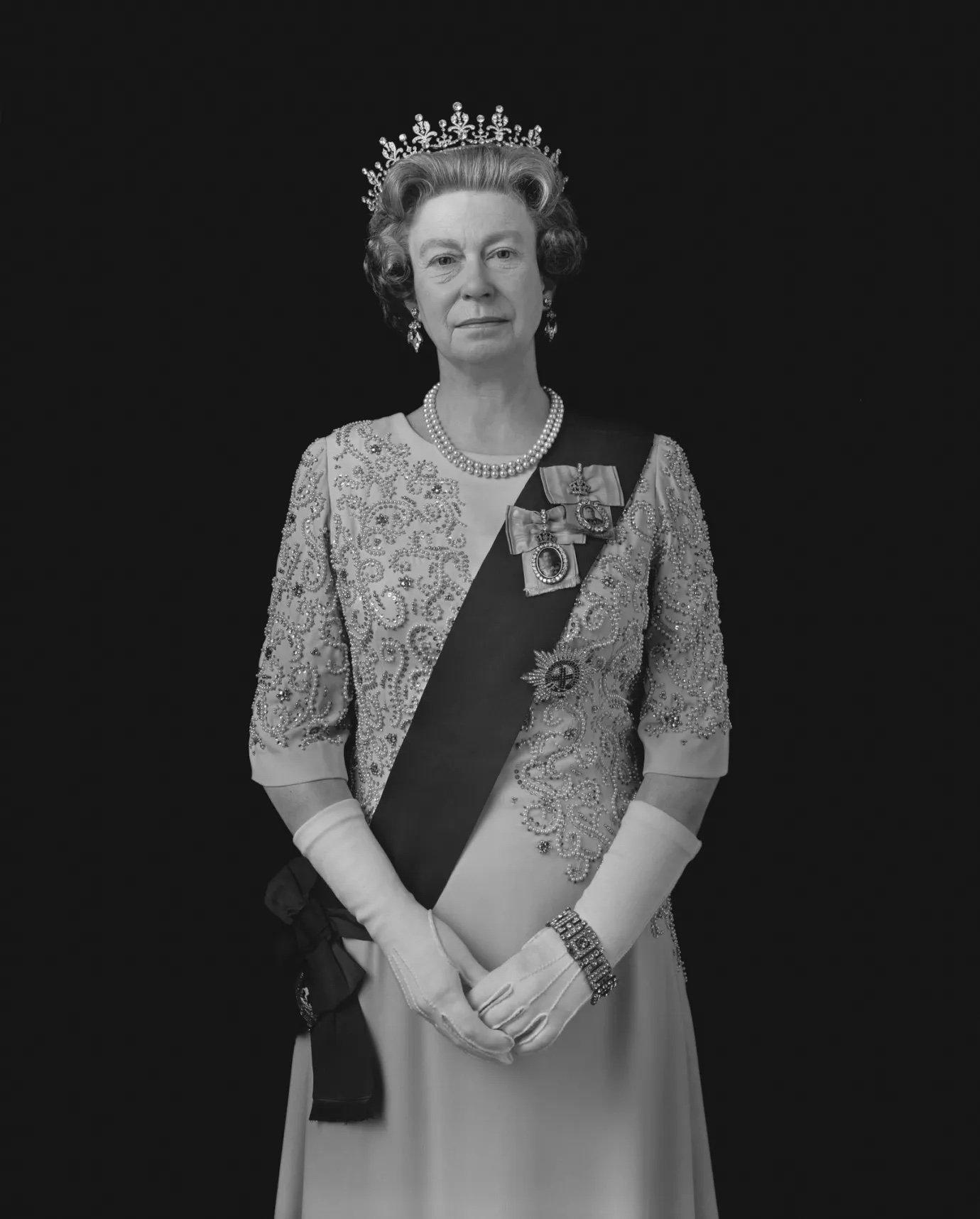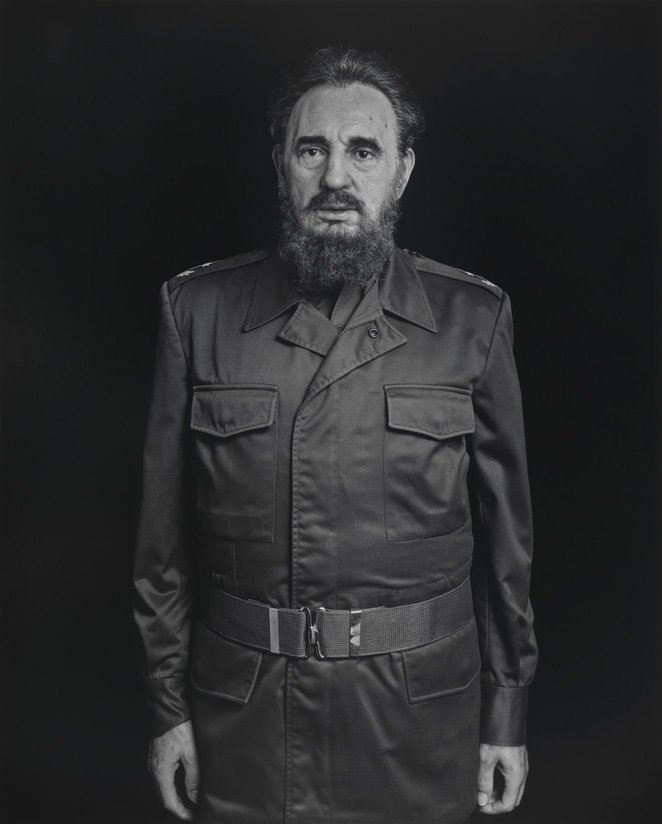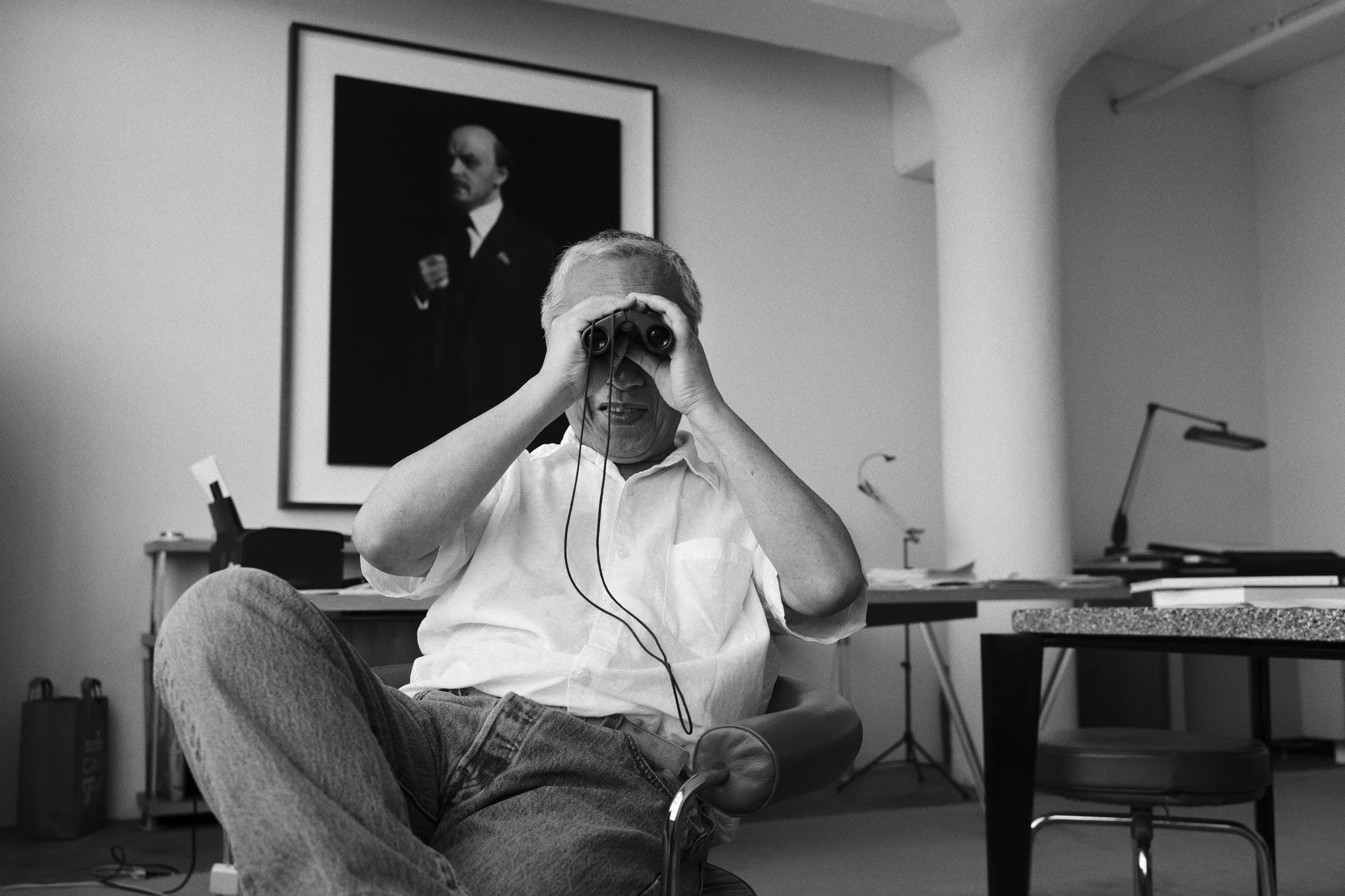Fine, Art: Hiroshi Sugimoto
003 - hiroshi sugimoto
I wrestled in high school. My best friend played the trumpet. Both of us made it to state. We didn’t have much in common outside of our competitive nature, interest in music, and his middle name is my last name. We also shared a locker, but only because he forgot to relock the one I saved for him the summer before senior year. Anyway, Brady loves poetry.
We went to different universities in Wisconsin, but reunited when I invited him to join me and move to California. I picked him up from the airport. He had two suitcases. Neither of them had wheels. One was full of clothes and the other full of books. When he left two years later, I dropped him off at the airport. He only took the books. But back to the beginning of our time together in LA.
We’d go to the beach. Tried surfing. Got closed-out on. Defeated and out of breath, we’d sit in the sand, side by side, looking into the horizon. The sky stacked on top of the sea. No one else was catching waves.
Eager to compete and willing to compromise, I created a game for us: a haiku-off. Who could come up with the better 5-7-5 on the spot? Clapping the syllables:
Hours to find parking,
And we didn’t catch a wave.
What are we doing?
I think I was the only one who played this game and I still never won. This is how we spent our time at the beach.
The moon is a source of the poem.
The sun is a source of the consciousness.
But after the consciousness came,
we started making poems,
looking at the moon.
-HS
I introduce to you: Hiroshi Sugimoto
Hiroshi Sugimoto is an artist from Japan who works in series type projects. He has an idea, decides the theme, then gets to work: “If I already have a vision, my work is almost done. The rest is a technical problem.” Hiroshi explores abstract concepts like passage of time, vision and belief. His work searches for a deeper understanding of human consciousness. How we acquired it and how we became self-aware.
When asked if I surf, I typically answer: “Sort of. I more just float around. Enjoy the nature. Look at the horizon.” Hearing this, my neighbor recommended I look into Hiroshi Sugimoto’s Seascapes.
Caribbean Sea, Jamaica, 1980
In creating Seascapes, Hiroshi was looking for shared memories of humankind. He wanted to experience the sea “as people in ancient times would have seen it” and “feel the wow of the first human being.”
“My process when making art is to first question myself before taking pictures. What am I thinking? What do I want to do? So this self-questioning led me to some thoughts. The ancients, who lived on the surface of the earth long before civilization occurred…when humans were just starting to be conscious of being human. I imagined their vision of the world and compared it to my own vision as a modern person. I wondered which kind of scenery we could all share. I thought it could be seascapes.”
This idea of a shared vision with people from the past moves me. The unchanged, infinite horizon. The Cliffs of Moher or the cliffs hidden behind the San Onofre parking lot campground. We can stand at these edges, look out, and have a shared experience with the first humans who discovered these vantage points.
“Humans cut down forest trees and changed [the ground’s] shape. So on the ground, there is no shared vision. But at sea, although humans have polluted them, if you went to an uncivilized place, then a similar form of seascapes might still exist.”
Ligurian Sea, Saviore, 1993
In order to produce an image of a timeless seascape, Hiroshi used varying lengths of exposure and spent weeks or even months staring at one horizon before moving to the next. And for his method of production, Hiroshi spent 10 years inventing a developing processor that is 100% unevenness-free.
Ahead of the competition this weekend, I think it also took Kelly Slater a decade to construct his perfect wave. As Kelly charges ahead, Hiroshi Sugimoto is just fine being left behind: “I’m going backwards, people are going forward, so the gap between me and the world is getting bigger and bigger. But I don’t care. I just do what I want to do.”
Before Seascapes, Hiroshi’s efforts were focused on developing images of dioramas in Natural History Museums, single images of full-length films in theaters, and profile images of wax figures at Madame Tussaud’s museum in London.
Lately, he’s spending all of his time and money developing a piece of land art in Japan called the Enoura Observatory, the place of his first conscious memory: the sight of the sea. — Phillip Dillon
Here are a few other quotes of hiroshi’s that made me think or smile:
“Art resides even in things with no artistic intentions.”
“In my series, I don’t name which is my favorite. I don’t want to influence my market. They are all my children, so I don’t say well you are my most loved children.”
“I make a profit out of [the sales of my art]. I want to spend all my cash towards the future production of my art. My wish is…I want to die with a cash balance zero. No cash, only art remains after my life.”
Q: What about the spirit in your art?
A: I think there is a spirit in my art, but I cannot describe what my spirit is…There’s many different kinds of spirits.
Q: What is your kind of spirit?
A: Maybe my alcohol is a spirit!
Laughs
Baltic Sea, Rügen, 1996
and some videos:
If you have 13 minutes:
If you have 3 minutes:
If you have another 3 minutes:
The Cabinet of Curiosity in his studio changes monthly: “This is my Duchamp Tramp. Once you get in and touch Duchamp’s world, the door closes and you never go out. You are trapped completely. I keep telling myself to get inside and get trapped.”
The main image at the top of this post is Black Sea, Ozuluce, 1991



